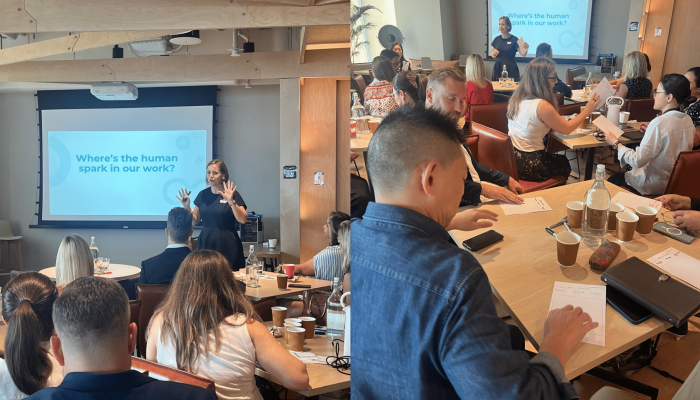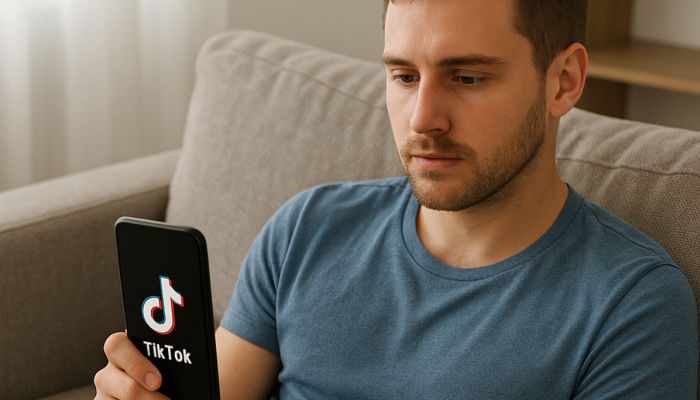Emerging after COVID-19: how can brands create value from remote togetherness. BVA Nudge Unit Singapore's CEO, Richard Bordenave, looks to the experiential reality coming out of China and new spaces brands are beginning to explore
A new dimension for brands and customer experience
COVID-19 has created the conditions for a new type of human experience to emerge. One where physical and digital dimensions blend in a way that will transform our journeys with other people forever. As individuals as well as groups, we were all forced to dive into digital solutions to overcome our newfound life limitations during lockdown. The general and simultaneous adoption around the globe of tools to “connect” with each other has abolished frictions, distances, and physical limits. At the same time, it has created new opportunities to share very real experiences with others, no matter where they are and no matter how many of you there are.
The fact that everyone has endured similar challenges during lockdown at both a personal level and a societal level has also been critical. With enough variations in time and culture across countries, the various comparison points have fuelled a unique global conversation around our human condition, revealing our interdependencies at multiple levels. The synchronisation of our lives virtually has suddenly diverted our tools (Zoom, Teams…) from their communication or work functions to become “life enhancers” in a broader sense.
Beyond just talking, or deciding with others, we have exercised, learnt, dated, cooked, drank with each other.
We have learnt to share meaning and sensations in a synchronous manner… although on different sides of a screen. It is our emotional connection with a pinch of unpredictability that has recreated this “salt of life” and allowed new rituals to emerge. Indeed, although we have decoupled some senses (like touch, or smell), the combination of mobile and livestreaming technology as extensions of our bodies has made it possible to recreate a unique experience of “remote togetherness”.
China: where everything started
It is in China that this new “experiential” reality has first emerged, and not only because they had to manage COVID-19 consequences ahead of other countries, but because many other factors were pre-existing, offering perfect conditions for blended experimentation. China has one of the most advanced digital ecosystems in the world with an unparalleled level of personal mobile equipment, making it easy for everyone to adopt new behaviours “at hand”.
It is also the country where ecommerce is one the most developed (with Alibaba, Taobao, JD…) and is now shifting to content ecommerce and social commerce (With platforms like Pinduoduo, or Little Red Book).
Brands here massively leverage the power of influencers to drive traffic from social networks (like TikTok/Douyin) to content platforms where they can share product reviews, seek for advice from the community, watch a livestream demo, or buy the product. Converting the online retail experience into a social interaction has become the new normal: for shopping entertainment, gifting, as well as group deal purpose.
The focus on live experience “see now shop now”, special event “days” and key opinion leader guests… has only accelerated to a new level during COVID, emphasizing the value of “now”.
How things have accelerated
The lockdown has suddenly accelerated digital transformation, forcing businesses or institutions to find alternative ways to operate; and experimenting with new ways to stay in touch with their customers or members. During the lockdown, everyone in China - from in-store advisors to company CEOs to government officials, and even farmers - jumped on the livestreaming bandwagon to sell anything and everything.
JingDong organised livestream parties with famous DJs, where alcohol brands could be purchased and delivered at home. On the retail side, after O2O (offline to online and vice-versa) a new acronym is born OMO: offline merges online, to highlight the deeply intertwined realities allowing you to access virtual tours in shops, share impressions with others, and buy online.
And some businesses relying on social value of being together, likes bars and restaurants, have created a new reality online. Like BrewDog, a pub in the U.K. who turned its app into an ecommerce platform to sell its signature products as delivery, and then later created a virtual bar on Zoom to allow its patrons to share the same beer, from different locations, but together on the same screen. In New York, a restaurant named Junzi invented the concept of “distance dining”, inspired by what was happening in China.
Junzi provides an elaborate three-course meal that is cooked, but to be finalised and served by the customer. Every week new menus are available, and diners can connect on Instagram to listen to chef tips and share their impressions and pictures of the food they have prepared. No one would have guessed that a restaurant could go “virtual”, but it is actually the re-invention of the sensorial and social experience via digital that has made it possible.
New spaces that brands have just started to explore
Leveraging a new normal where off/online, content/channel and sales/equity blend into a unique brand experience continuum, brands can explore new value propositions linked with the decoupling of social dimension, physical presence and live. Here are a few notable inspirations where “remote” and “togetherness” can deliver new value creation opportunities for consumers in the real world as well as the digital one:
The value of “far and authentic”: a live yoga lesson with a group and a yoga master based in the mountains in India suddenly has another spiritual dimension.
The value of “micro-docking”: everyone has experienced the complexity of having an appropriate physical space to connect (sound, light, Wi-Fi connections…) at home. Hospitality brands could offer pop-up docking services with isolation bubbles, as accessible doors to “remote” others.
The value of “group generated content”: workshops have moved online and made collaborative work easier through virtual walls and moderation tools. Brands can get their super-consumers to work together to create relevant initiatives, like Taobao Live has created groups for professional content creation.
The value of “crowd solving”: now connecting a group of experts from around the world has never been so easy to solve collective issues or start a social movement. Beyond teaching (one way), brands can become connectors that help people help themselves (like IT communities).
The value of “peer pressure”: working groups are now using peer pressure to support their commitment to deep-dive work done in a joint sessions (like in a virtual library), like Nike offered online coaching during lockdown.
The value of “celebrations with mates”: organising an online party with fans and celebrities that could be reproduced in a physical environment like Chipotle.
Image credit: Elizabeth Renstrom for The New Yorker
This article came from issue 7 of Marketing Society publication Empower. Read the archive here.


